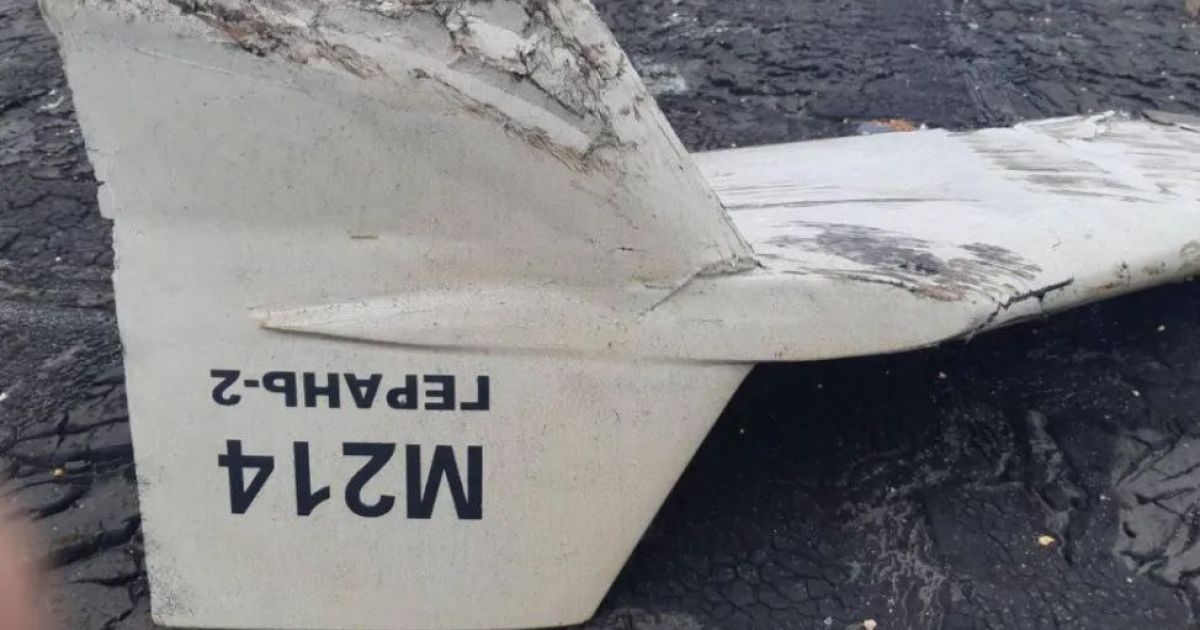The attack of Iranian kamikaze drones on Bila Tserkva is an alarming signal for Ukrainian air defense.
Air defense has learned to shoot down Russian Kalibr missiles, but slow-moving UAVs flying at low altitudes at night proved to be an extremely difficult target.
Military expert, former spokesman of the General Staff of the Armed Forces of Ukraine,
Vladyslav Seleznyov
, said this in a comment to TSN.ua.
"As for the tactical and technical characteristics of kamikaze drones, experts say that they should operate at a distance of 1,000 to 2,500 km. Despite the fact that there is a specific "motorcycle sound" of the engine and the speed is low, up to 150 km/h, the nevertheless,
quietly they are able to overcome a fairly large distance and hit objects
, "he emphasized.
Seleznyov noted that
the Russians' use of the Shahed-136 class UAV shows that the occupiers lack missiles
.
"Before that, 3,500 missiles were aimed at objects deep into our country. Now the Russians are forced to use the drones they receive as part of military-technical cooperation with Iran, which is not a good life. They have critically few missiles that they can use . To deliver missile strikes at a short distance of 150-200 km, they now began to use missiles from the S-300 air defense complex, reconfiguring the algorithms of use from surface-to-air to surface-to-surface... First of all, Mykolaiv suffers from this, Kharkov was flown, in other populated areas closer to the front line. Accordingly, in order for the Russians to be able to hit objects at a greater distance, they started using UAVs obtained from Iran," explained the military expert.
Seleznyov added that a
slow-moving, inconspicuous target moving at low altitudes is extremely difficult to hit by Ukrainian air defense systems
.
"What's more difficult - if these UAVs flew during the day and were visible, it would be possible to use complexes like the ZU-23-2, visually seeing the same target. And at night, without illumination, without the appropriate equipment, these targets are extremely difficult to shoot down." , - he emphasized.
The expert expressed hope that Ukrainian specialists will solve this problem in the near future, since "
today the object is in Bila Tserkva, and 90 km further on is Kyiv
."
"
Combat work at a distance of more than 500 km is an alarm signal
. We have learned to shoot down Calibers, high-tech missiles, and with that, given that they can use them en masse, this is an additional burden," explained the former spokesman of the General Staff.
Also, according to Seleznyov, the difficulty lies in the fact that Ukraine does not have information on exactly how many UAVs Iran has transferred to Russia.
We will remind you that on October 5, Russia used Shahed-136 drones to attack Bila Tserkva.
Six hits and explosions were recorded.
As a result of the enemy attack, one person was injured.
In addition, the city's infrastructure was damaged.
A UAV attack caused a fire.
57 rescuers and 15 units of the State Emergency Service were involved in eliminating the consequences of the shelling, and the fire is still being extinguished.
Read also:
"It's not good for us at all": the Russian Federation began to use repainted Iranian drones on the front - Zhdanov
Ukraine was massively attacked by Iranian Mohajer-6 and Shahed 136 drones: the Armed Forces spoke about the consequences
Odesa was attacked by kamikaze drones: one person died
